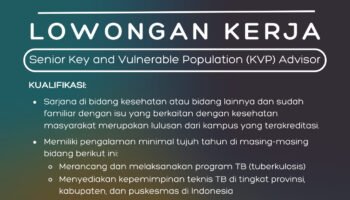
Seven years have passed since delegations from nine countries in East and Southeast Asia gathered in the Philippines for a strategic consultation on the development of a roadmap for transitioning from compulsory drug treatment to voluntary community-based treatment. The question this report seeks to understand is, what has changed since?
Compulsory facilities for people who use drugs are a form of custodial confinement in which those perceived or known to be using drugs are placed to undergo abstinence and ‘treatment’ for a pre-determined period of time – the duration depends on the country and can vary significantly. Administered through criminal law, administrative law or government policy, these centres are operated by different government agencies including the military, the police, national drug control authorities, and in some places ministries of health or social affairs.
Typically aiming for a so-called ‘drug-free environment’, the approach taken is typically abstinence-based and focussed on detoxification, is rarely medically supervised, and little or no evidence-based treatment, harm reduction or counselling services are offered after.




